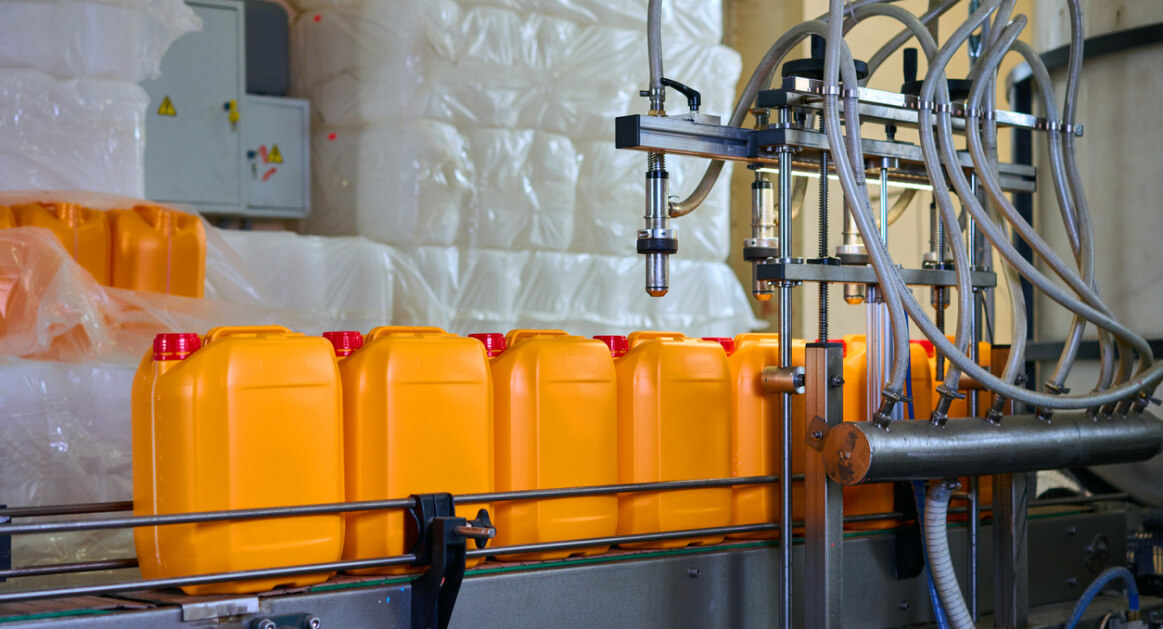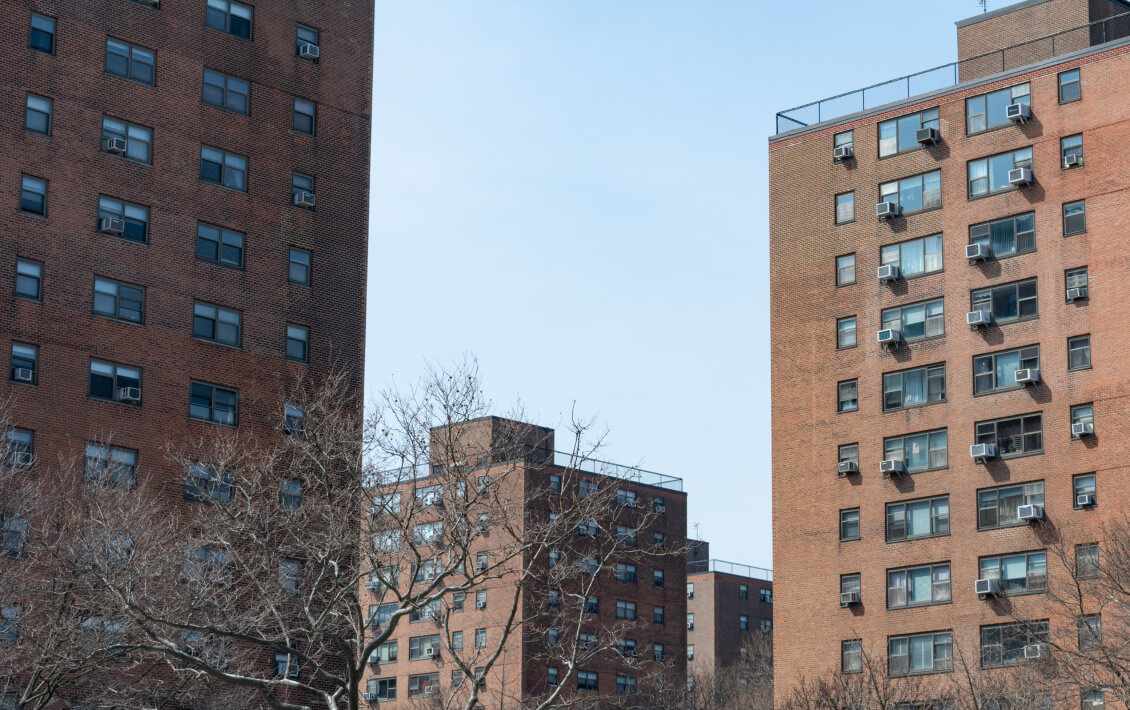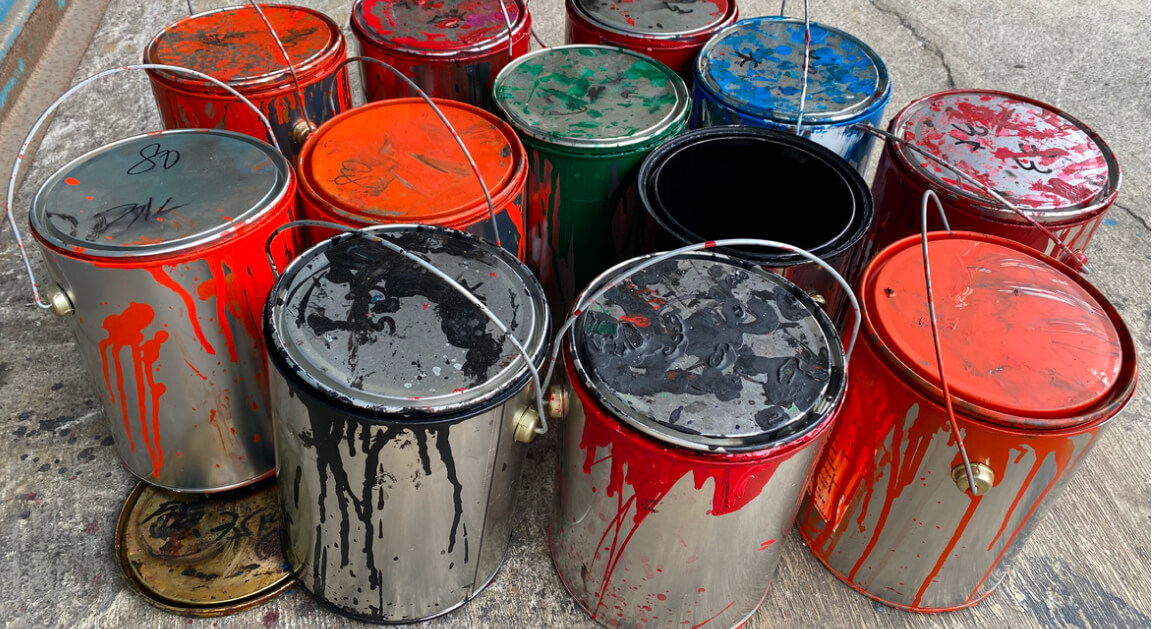Introduction
The presence of lead-based paint in educational and childcare facilities presents a significant health hazard, especially to young children. In New York City, stringent regulations and safe work practices have been established to mitigate these risks during remediation efforts in schools and daycare facilities. These regulations are primarily governed by the Health Code §173.14 and the Administrative Code § 17-923.
Comprehensive Approach to Safe Work Practices
The New York City Health Code and Administrative Code set forth specific safe work practices that must be followed when remediating lead-based paint hazards in educational and childcare settings.
Key Requirements and Procedures
- Lead Dust Clearance Testing:
-
- Upon completion of remediation work, lead dust clearance testing is mandatory to ensure that the area is safe for reoccupation.
- This testing ensures that lead dust levels are within safe limits, preventing exposure to harmful lead particles.
- Qualifications for Remediation Personnel:
- Individuals performing remediation must have completed a certified course in lead-safe work practices, authorized by the Department of Health and Mental Hygiene (DHMH), the Environmental Protection Agency (EPA), or the Department of Housing and Urban Development (HUD).
- Maintenance staff regularly conducting repairs in facilities with lead-based paint must undergo HUD/EPA training to ensure they are equipped with the necessary skills and knowledge.
- Restricted Access During Remediation:
- Children are not permitted in areas where lead-based paint is being disturbed.
- This rule is crucial to prevent exposure to lead dust and particles during the remediation process.
- Scope of Work Applicability:
-
- The safe work practices apply to work that disturbs more than two square feet of peeling lead-based paint per room or more than 10% of the total surface area on smaller components, such as window sills or door frames.
- For smaller-scale work, these extensive safety measures may not be necessary, but caution and basic safety practices are still advised.
Challenges and Considerations
- Ensuring Compliance: One of the primary challenges is ensuring that all remediation activities comply with the set regulations, especially in older facilities where lead paint is more prevalent.
- Training and Certification: The requirement for specialized training for remediation personnel may pose logistical and financial challenges, particularly for smaller daycare facilities and schools.
- Child Safety Priority: The overarching goal of these regulations is to safeguard children from lead exposure, a known health hazard, particularly during their developmental years.
Conclusion
New York City’s regulations for safe work practices during the remediation of lead-based paint in schools and daycare facilities represent a crucial step in protecting the health and well-being of children. These comprehensive measures ensure that any remediation work is conducted safely, effectively, and with minimal risk to young occupants. Continual training, adherence to regulations, and awareness are essential in maintaining lead-safe environments in educational and childcare settings. As the city moves forward, the ongoing evaluation and reinforcement of these practices will be key to their success and the continued protection of our children’s health.
We welcome your legal questions for topically relevant articles in the future. Feel free to compose a question – it may be addressed in future articles. Email Question
Free Case Evaluation
Fill Out The Form Below To Find Out If You Have A Case.
Thank you for contacting us. One of our colleagues will get back to you shortly.



